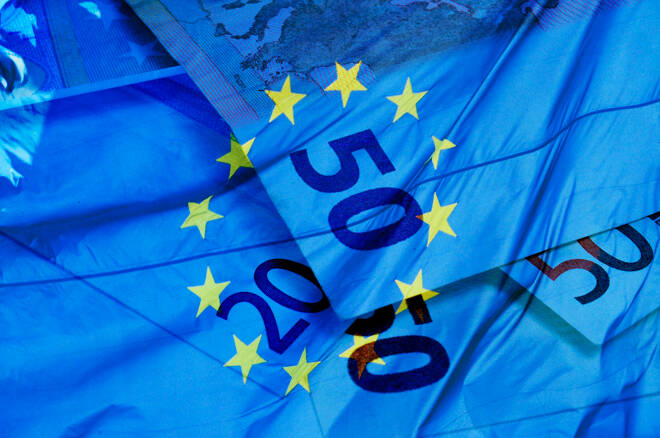Advertisement
Advertisement
EUR Brushes Aside Spike in German and Eurozone ZEW Economic Sentiment Figures
By:
ZEW Economic Sentiment figures for German and the Eurozone impress. Risk aversion plagued, however, with the EUR and the European majors in the red early on.
It was a busier day on the Eurozone economic calendar. ZEW Economic Sentiment figures for Germany and the Eurozone were in focus early in the European session.
In January, Germany’s ZEW Economic Sentiment Index jumped from 29.9 to 51.7. Economists had forecast an increase to 32.0. The Eurozone Economic Sentiment Index also impressed, rising from 26.8 to 49.4. Economists had forecast a rise to 29.2.
For Germany, the ZEW Current Conditions Index disappointed, however, falling from -7.4 to -10.2. Economists had forecast a more modest decline to -8.5.
In spite of the improved sentiment, the EUR failed to revisit highs from earlier in the day.
Market Impact
Ahead of today’s stats, the EUR had risen to a pre-stat and current day high $1.14214 before sliding to a pre-stat and current day low $1.13851.
In response to today’s stats, the EUR rose to a post-stat high $1.13995 before falling to a post-stat low $1.13921.
At the time of writing, the EUR was down by 0.09% to $1.13957. A break back through to $1.14 levels would support a run at this morning’s high $1.14214. A spike in U.S Treasury yields, however, has driven demand for the safe havens, weighing on the European majors.
The DAX was down by 1.36%, at the time of writing, with the CAC40 down by 1.24%.
Next Up
NY Empire State Manufacturing numbers from the U.S. We don’t expect the figures to have a material impact on market risk sentiment on the day, however.
About the Author
Bob Masonauthor
With over 28 years of experience in the financial industry, Bob has worked with various global rating agencies and multinational banks. Currently he is covering currencies, commodities, alternative asset classes and global equities, focusing mostly on European and Asian markets.
Advertisement
